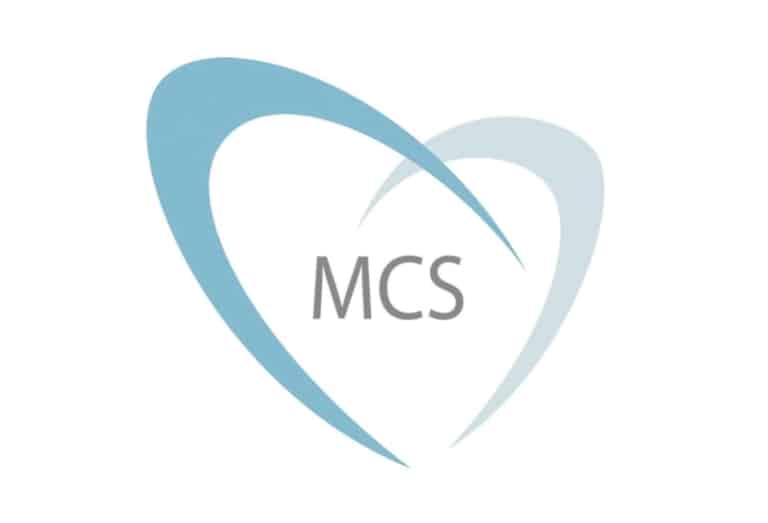
When is metering needed?
The domestic RHI is based on the output from the renewable heat technology that has been installed; however, in certain cases a customer may wish to combine the technologies to heat their home. For example, they may have a biomass boiler working in conjunction with a gas boiler. Therefore a meter would be required to establish how much heat is being generated from the biomass boiler, as the payments would only be due on the renewable technology. It is important to remember that each installation irrespective of whether a meter is required should be made meter ready. More information on this can be found in the Domestic RHI Metering Guidance Document on the MCS website.
Who is allowed to install it?
MCS do not certify installers for metering and therefore many customers and installers have been confused about the statement: ‘If you need metering equipment fitted after you installed, make sure your installer is MCS certified.’ They are not referring to a specific ‘meter’ certified installer but what is intended by this is that the person capable of installing the meter must be certified by MCS in any of the applicable technologies.
Where does it need to be installed?
For those installations which require metering for payment, the location of the meter will be dependent on the design of the overall system. However, Appendix C of the Domestic RHI Metering Guidance Document provides working examples with the meter location illustrated.
